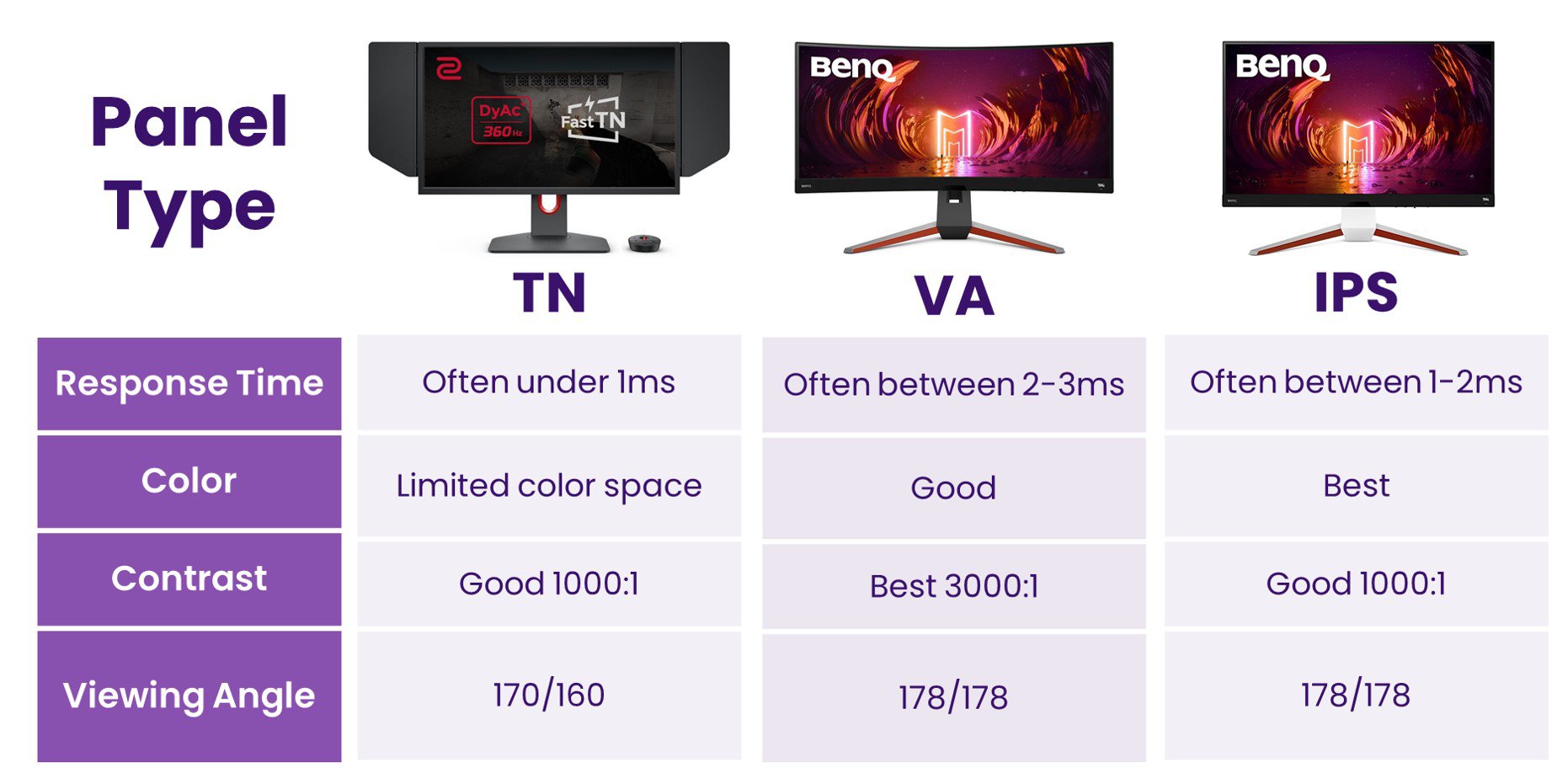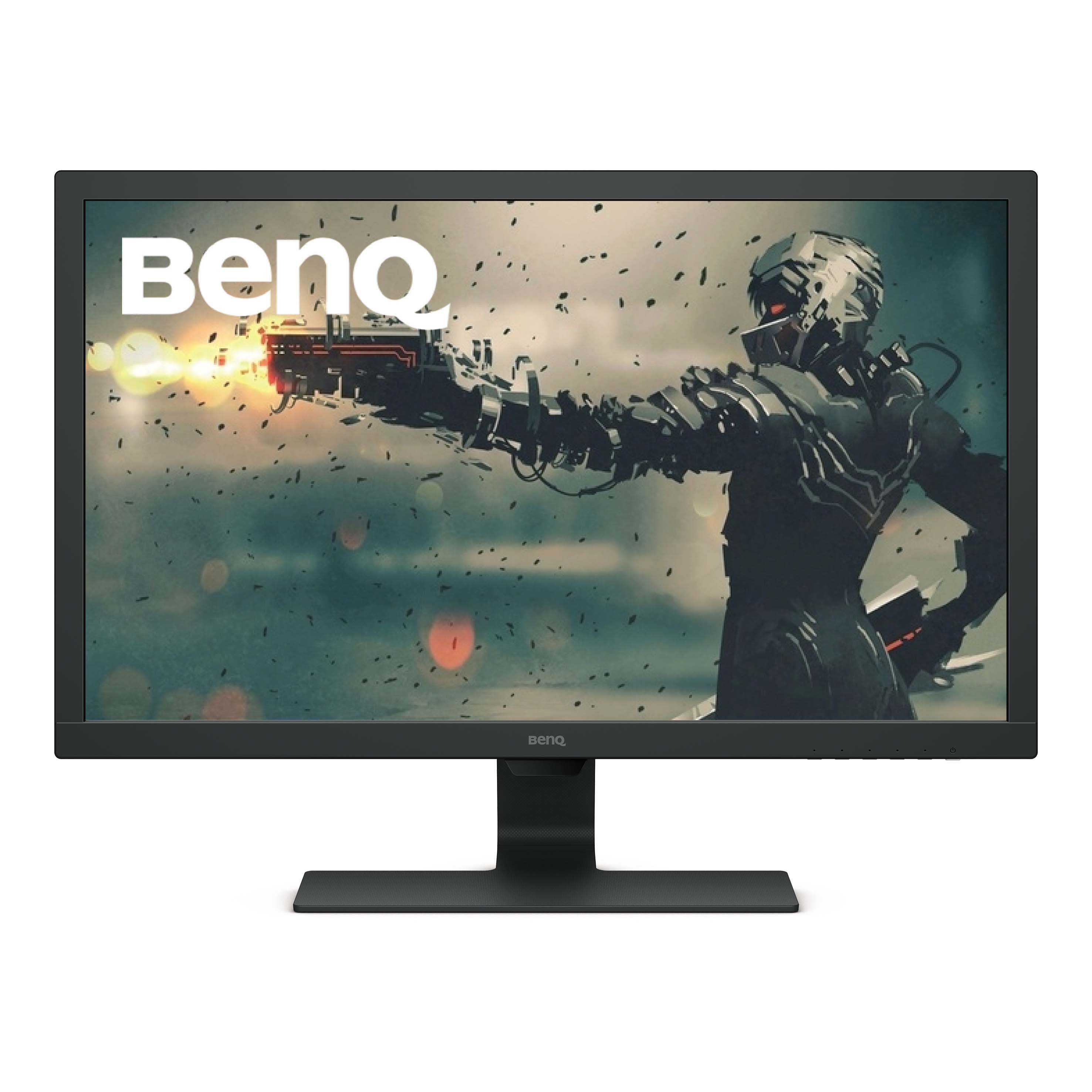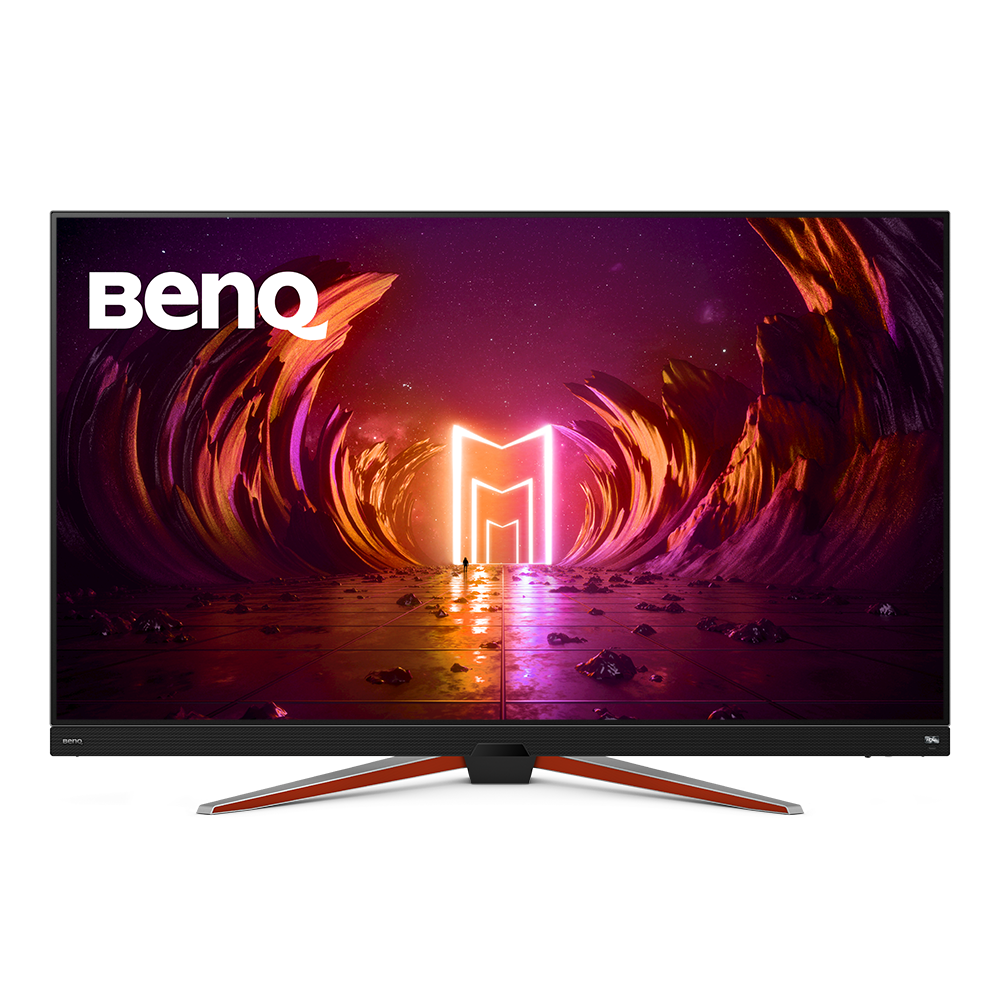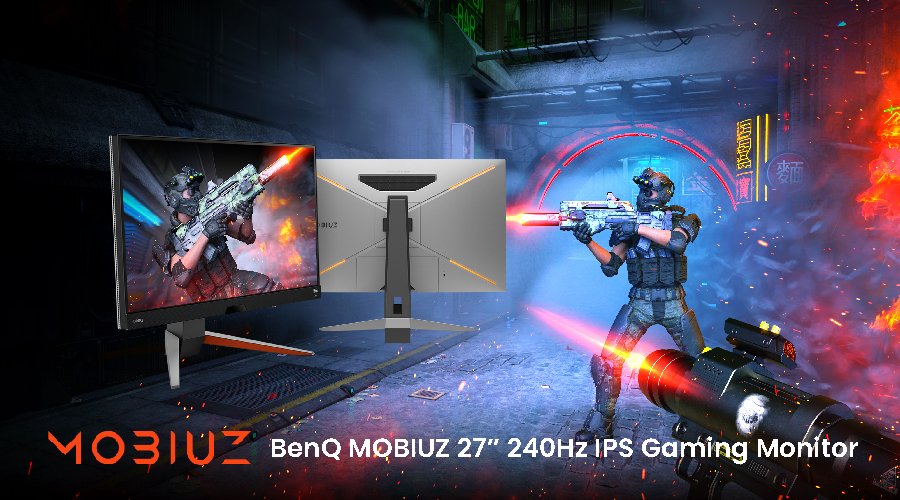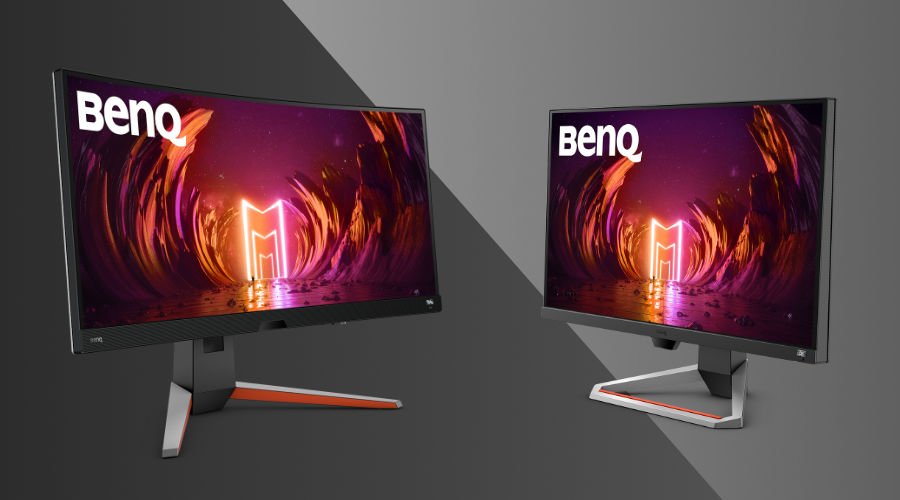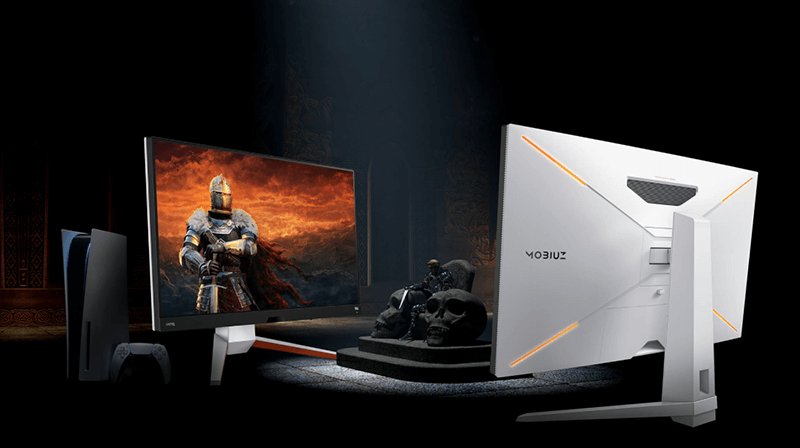In-plane switching monitors have garnered a lot of acclaim for their color performance. They’re the only variety that regularly provides 95% or even 100% of DCI-P3, the widest color gamut currently formalized and the one used in digital cinema. Even basic IPS panels offer 20%-30% more color space than the fanciest TNs. So for color, IPS monitors rate first, although casual viewers may not notice a big difference compared to other types, especially VAs. Conversely, IPS panels tend to “crush” black levels to their most extreme, which can diminish dark details. VAs and especially TNs offer more accurate black levels, a common weakness of IPS.
IPS panels offer wide 178/178 viewing angles. This means clear views from almost any angle. IPS provides the best experience for shared viewing. So, if you have people over and you’re all looking at the same screen from different angles, an IPS will serve you best.
Response and refresh rates have improved markedly on IPS-type monitors in recent years. They now match VA and even TN speeds, although for the very fastest, TN still leads the pack. For contrast, IPS panels sit somewhere between TN and VA, meaning they do HDR content much better justice than TN. Combined with their wide color gamut, IPS displays arguably offer better HDR than VA, but the debate rages on.
Who they’re for: minor issues with black levels aside, IPS monitors cater best to gamers who enjoy taking in the sights and soaking in the atmosphere. If you’re big on graphics and want to experience visuals as intended by the artists who created them, choose IPS. That means gamers keen on role playing, open world, third person exploration, and first person narrative adventure genres should go with IPS. None of those game varieties requires pixel perfect, millisecond-level reaction, and all benefit greatly from color fidelity. For local co-op or just shared viewing of content there’s no beating IPS. If you have friends over and you want to share a gaming experience, IPS panels leave TN far behind and maintain more consistent wide angle performance compared to VA.
